-
×
-
×
-
×
-
×
6 X Rasbora maculata – Dwarf Rasbora (Pygmy Rasbora), Stunning Freshwater Fish for Nano Tanks, Ideal for Creating Peaceful Schooling Environments, Perfect Community Companions 1 × £15.99
-
×
-
×
-
×
Subtotal: £98.77


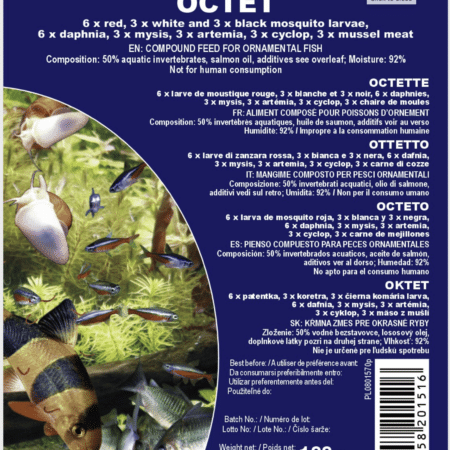

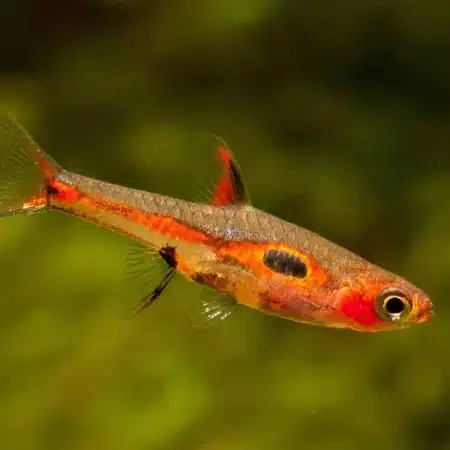 6 X Rasbora maculata – Dwarf Rasbora (Pygmy Rasbora), Stunning Freshwater Fish for Nano Tanks, Ideal for Creating Peaceful Schooling Environments, Perfect Community Companions
6 X Rasbora maculata – Dwarf Rasbora (Pygmy Rasbora), Stunning Freshwater Fish for Nano Tanks, Ideal for Creating Peaceful Schooling Environments, Perfect Community Companions 


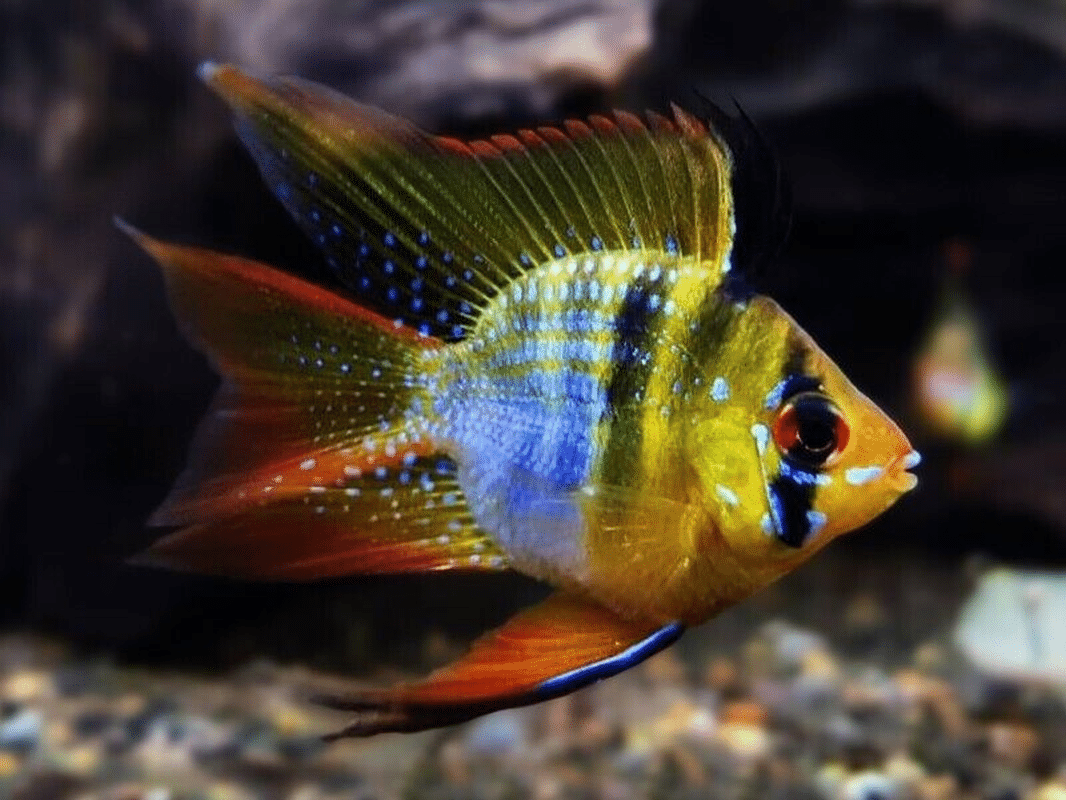
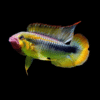
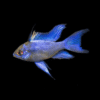









Emily Rodriguez (verified owner) –
I recently purchased a pair of Mikrogeophagus Ramirezi ‘Balloon’ and I couldn’t be happier! These beautiful dwarf cichlids have added so much personality and charm to my freshwater tank. After just two weeks, I’ve seen them become more comfortable and playful, often exploring their surroundings and engaging with the plants I’ve set up. They thrive in my 20-gallon aquarium, which is well-planted and has a gentle filtration system.
What I love most is the vibrant colors that really pop against the greenery of the tank. Watching them interact has been delightful, and they seem to be very happy in their new environment.
I’ve had experience with other dwarf cichlids before, but the balloon ram’s unique round shape and peaceful demeanor truly set them apart. Minor concern: they can be a bit shy at first, so it’s essential to give them some time to acclimate. If you’re considering adding freshwater fish to your collection, I wholeheartedly recommend this pair, especially if you’re a caring fish parent. Just make sure to provide them with enough hiding spots! I can’t wait to see how they flourish as they settle in more.
Emily Carter (verified owner) –
I recently added a pair of Mikrogeophagus Ramirezi «Balloon» to my community tank, and I couldn’t be happier! After about two weeks of watching them settle in, it’s truly heartwarming to see their personalities shine. These dwarf cichlids are not just beautiful with their vibrant colors and unique shape, but they also display such intriguing behaviors. They are peaceful and coexist wonderfully with my other fish, which was a concern of mine before the purchase.
The pair came well-packaged and healthy, which immediately put my mind at ease regarding their welfare. I’ve noticed they enjoy foraging around the substrate, and their interaction during feeding time is a joy to watch. One minor downside is that they can be a bit shy during the day, preferring to hide among plants, but it adds to their charm.
These fish are perfect for first-time aquarium enthusiasts like me, as they are easy to care for, and I’ve found their requirements to be quite manageable. If you’re looking for a captivating addition to your freshwater fish collection, I wholeheartedly recommend the Balloon Rams. They brighten my aquarium, and I know they will do the same for yours!